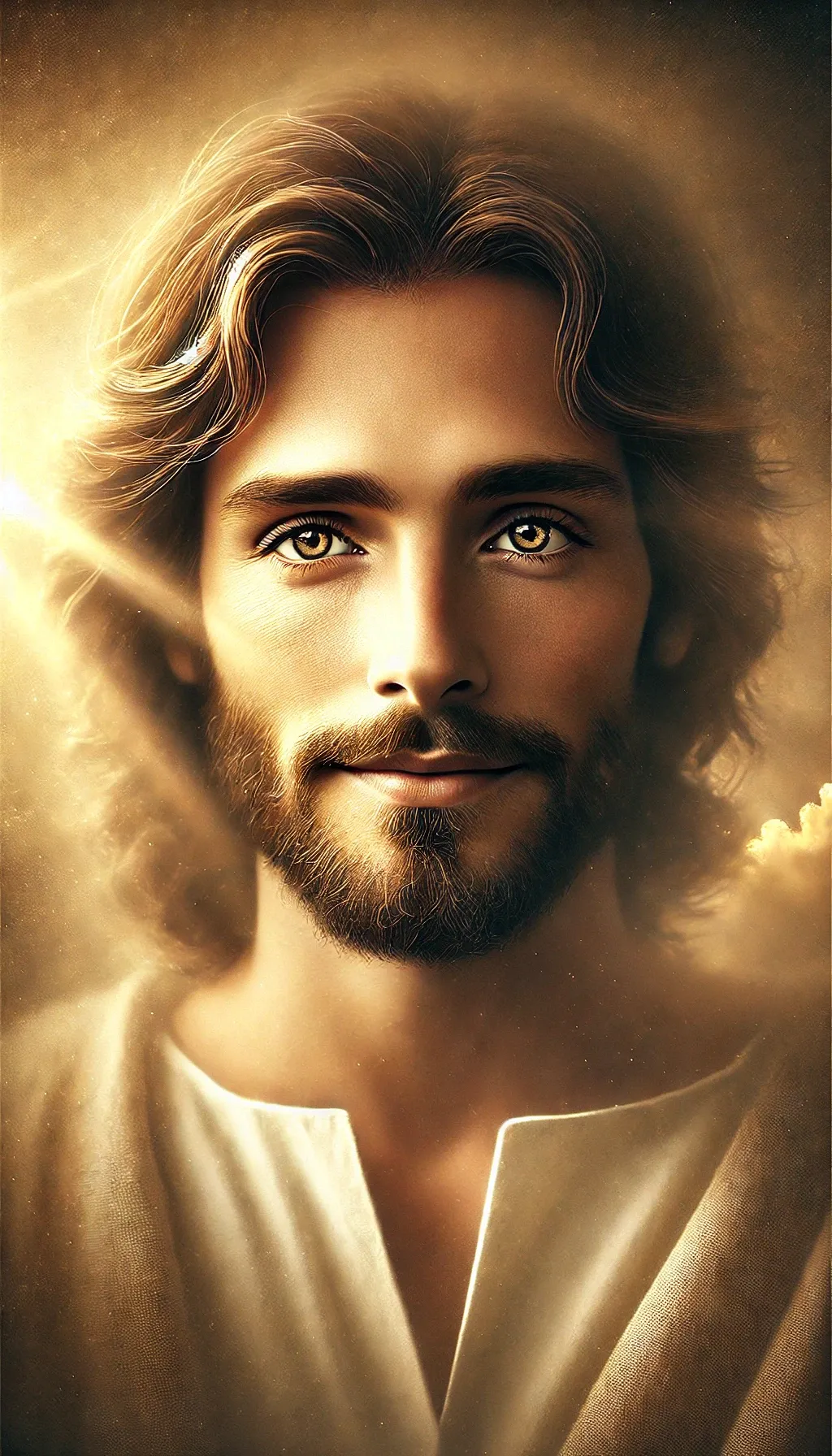

By Dr. Tim Orr
Imagine standing on the edge of a vast canyon at sunrise. As the first light breaks over the horizon, golden rays spill across the jagged cliffs, illuminating every crevice with breathtaking clarity. The air is crisp and alive, and the beauty before you is almost overwhelming. This is the gospel—breathtaking, life-giving, and overflowing with radiant hope. It is not simply good news; it is the best news. A story so stunning and transformative that it draws you into its very heartbeat.
The gospel begins before time itself, in the eternal mind of God. Picture Him, the Master Artist, speaking the cosmos into existence. Stars scatter across the heavens like diamonds on velvet; oceans roar with unrestrained power; and every living creature moves in perfect harmony, echoing the melody of their Creator’s voice. God forms humanity at the pinnacle of it all—carefully, lovingly, knitting every detail with His hands. He breathes His life into us, and the beauty of our fellowship with Him begins in that sacred moment.
But the story takes a tragic turn. Imagine a world once bathed in light now cloaked in shadow. Sin enters like a dark storm cloud, shattering the intimacy we were created for. Once a vessel of perfect love, the human heart is now fractured and rebellious toward the creator. Greed, jealousy, pain, and despair take root. The canyon widens, and humanity is left on one side, gazing helplessly across the expanse at the holiness of God. We cannot bridge the gap; our best efforts fall short. We are lost, stranded in our brokenness.
But the beauty of the gospel is this: God did not leave us there. In an act of unimaginable love, He steps into the story. The King of the universe leaves His throne and wraps Himself in frail humanity. Can you picture it? The infinite becoming finite, the Creator walking among the created. Jesus, the Son of God, enters our world not as a mighty conqueror but as a humble servant—a child born in the lowest places, surrounded by livestock and straw. This is the stunning paradox of the gospel: power clothed in meekness, majesty hidden in simplicity.
Every step Jesus takes is a declaration of love. He touches the untouchable, heals the broken, and calls the forgotten by name. He looks into the eyes of sinners—not with condemnation, but with compassion. He tells them, “You are seen. You are known. You are loved.” He shows us the heart of the Father, a heart that longs to redeem, restore, and reconcile.
And then, the crescendo of the story—Calvary. Picture the cross standing stark against a darkened sky, the Son of God nailed to its rough wood. Blood drips like crimson rain, each drop a proclamation of grace. In this moment of agony and sacrifice, it is here that the fullness of God’s love is revealed. Jesus takes upon Himself the weight of our sin, the judgment we deserve, so that we might stand forgiven. As He cries out, “It is finished,” the canyon is bridged. The veil is torn. The way back to the Father is open.
But the gospel does not end with a grave. On the third day, the ground shakes, and the stone is rolled away. Jesus rises, victorious over sin and death, His resurrected body a promise of what is to come. Can you feel the hope in this moment? The light that pierces through the darkness, the life that conquers death. The gospel is not merely a story of redemption; it is a story of resurrection. It is a story that assures us that what was lost can be restored, what was broken can be made whole, and what was dead can be brought to life.
And this story—it’s not just ancient history. It is unfolding here and now, in your life and mine. The gospel is an invitation to step into the light and let its beauty transform us. It tells us that no sin is too great, no wound too deep, and no heart too far gone for the love of God. It is a love that pursues, a grace that never gives up, and a hope that anchors the soul.
So, come to the edge of the canyon. Look out at the beauty of the gospel, at the God who loved you before you were formed, who stepped into your brokenness, and who offers you eternal life. Let its light fill every shadowed corner of your heart. Let its truth rewrite your story. And let its beauty captivate you, again and again, until you stand face to face with the One who made it all possible.
This is the gospel: the good news that God so loved the world that He gave His only Son, that whoever believes in Him shall not perish but have eternal life (John 3:16). And it is beautiful beyond words.
But this breathtaking beauty of the gospel is not meant to remain hidden. It is the church’s sacred calling to reflect that beauty to the world, to be a living canvas that displays the masterpiece of God’s grace. We are the body of Christ, the visible hands and feet of the gospel, tasked with living out its truth in a way that draws others to the light—not obscures it.
Imagine a stained-glass window in an ancient cathedral. When the light shines through, the colors burst into vivid brilliance, telling a story of redemption and hope. But if the glass is dirty or the panes are shattered, the beauty of the story is diminished. In the same way, the church must keep its window clear, its message unclouded, and its witness unmarred so that the glory of the gospel can shine through unhindered.
This occurs when the church embodies the gospel’s heart—grace, truth, love, holiness, and humility. Picture a community where broken people are welcomed with open arms, forgiveness flows like a gentle stream, and every act of kindness whispers the echo of Calvary. This is how the church reflects the gospel: by creating spaces where the weary find rest, the lost are guided home, and the hurting encounter healing.
It happens when we live authentically, bearing one another’s burdens with tenderness and compassion, reflecting the selfless love of Christ. It happens when the church stands as a beacon of justice, mercy, and truth, challenging the world's darkness with the kingdom's radiant light. It happens when we worship with unbridled joy, lifting the name of Jesus so that all who hear might be drawn to the beauty of the One we adore.
But the church must also guard against obstructing this beauty. The light grows dim when it becomes consumed with self-preservation, pride, or power. When division and hypocrisy creep in, the world sees not the gospel's grace but humanity's flaws. Imagine a mirror meant to reflect the sun but tarnished and cracked—it cannot serve its purpose. The church must continually turn to Christ, the source of its light, to remain faithful to its mission.
The gospel's beauty is too precious, too glorious, to be hidden behind walls of complacency or marred by selfish ambition. It is meant to shine through us, transforming us into living testimony of God’s redemptive love. This is our privilege and our calling: to proclaim the good news with our words, demonstrate it with our lives, and let its beauty radiate through our worship, our relationships, and our mission in the world.
So, as the church, let us clean the window, polish the mirror, and open our hearts to the light of Christ. Let us be a community that reflects the beauty of the gospel so brightly that the world cannot help but take notice. And let us never forget that we are but vessels, pointing always to the true source of beauty: Jesus Christ, who is, and forever will be, the radiant center of the gospel story.
Tim Orr is a scholar of Islam, Evangelical minister, conference speaker, and interfaith consultant with over 30 years of experience in cross-cultural ministry. He holds six degrees, including a master’s in Islamic studies from the Islamic College in London. Tim taught Religious Studies for 15 years at Indiana University Columbus and is now a Congregations and Polarization Project research associate at the Center for the Study of Religion and American Culture at Indiana University Indianapolis. He has spoken at universities, including Oxford University, Imperial College London, the University of Tehran, Islamic College London, and mosques throughout the U.K. His research focuses on American Evangelicalism, Islamic antisemitism, and Islamic feminism, and he has published widely, including articles in Islamic peer-reviewed journals and three books.
